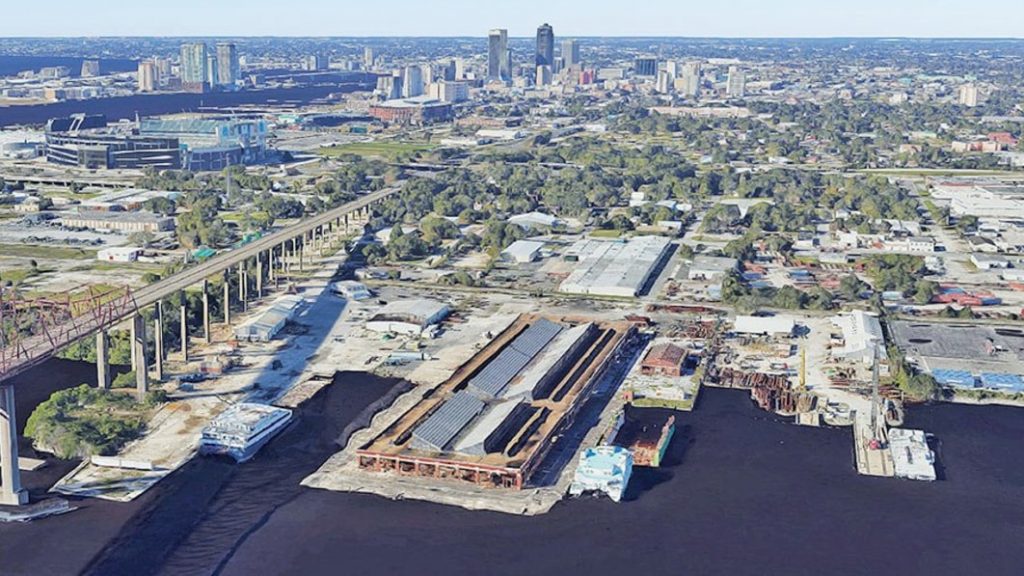Ford built Model T's in this Florida plant, and now it's being demolished

Henry Ford, were he alive, might be furious, or he might appreciate the efficiency of the decision. A century ago, a historic red-brick automobile assembly plant near the St. Johns River in Jacksonville, Florida, churned out Ford Model T’s as well as Model A’s to the tune of 200 cars a day. The plant employed hundreds in its heyday.
But last week, the Jacksonville city fathers decided the plant would be demolished, likely replaced by a ship repair facility.
It follows the decision to begin ripping down the long-vacant Packard plant in Detroit.
“We have a building that it’s essentially near 100 years old at this point,” Jacksonville historian Ennis Davis told First Coast News. “And if you don’t maintain it, it starts to decay, So part of it is built over the river. The wood posts that support the build are now in the process of failing. Unless you have significant money put into restoring, and bringing back at some point, it will fall into the river.”
Ahead of its demolition, there are plans to photograph and document the building for historic purposes.
There’s plenty of history to pass on. One fascinating nugget involves the designer of the building, German-born Albert Kahn. Kahn developed a new style of construction where reinforced concrete replaced wood in factory walls, roofs and supports. Kahn designed the aforementioned Packard plant and the famous half-mile-long Ford River Rouge plant in Dearborn, Michigan, before moving on to design more Ford operations around the country, including in Jacksonville.
Auto assembly began there in 1924 and ended a surprisingly few years later, in 1932 during the Great Depression.
One rather remarkable feature was a pair of 225-horsepower boilers that produced enough steam to generate 500 kilowatts of electricity to power the factory’s around-the-clock assembly operations. And. although it was primarily a dedicated workshop, it contained a showroom designed with an Italian Renaissance interior, to exhibit the company’s latest Lincoln and Ford automobiles. The plant was retrofitted several times, and after factory operations ceased, it was used for a time as a parts warehouse.
Those only casually acquainted with Ford history might be fascinated to learn that cars a century ago weren’t built solely in Detroit but in other places like Jacksonville. According to historian Davis, they were needed to satisfy growing populations, especially in states like Florida. The Jacksonville plant was part of an expansion in which Ford opened factories in towns nationwide. Many of them are still in operation, such as Kansas City, and in many places Ford’s presence is long forgotten, such as Seattle, where Ford’s brick Model T plant is now occupied by a storage unit chain.
This video from First Coast News provides some nice drone views of the Jacksonville plant.



